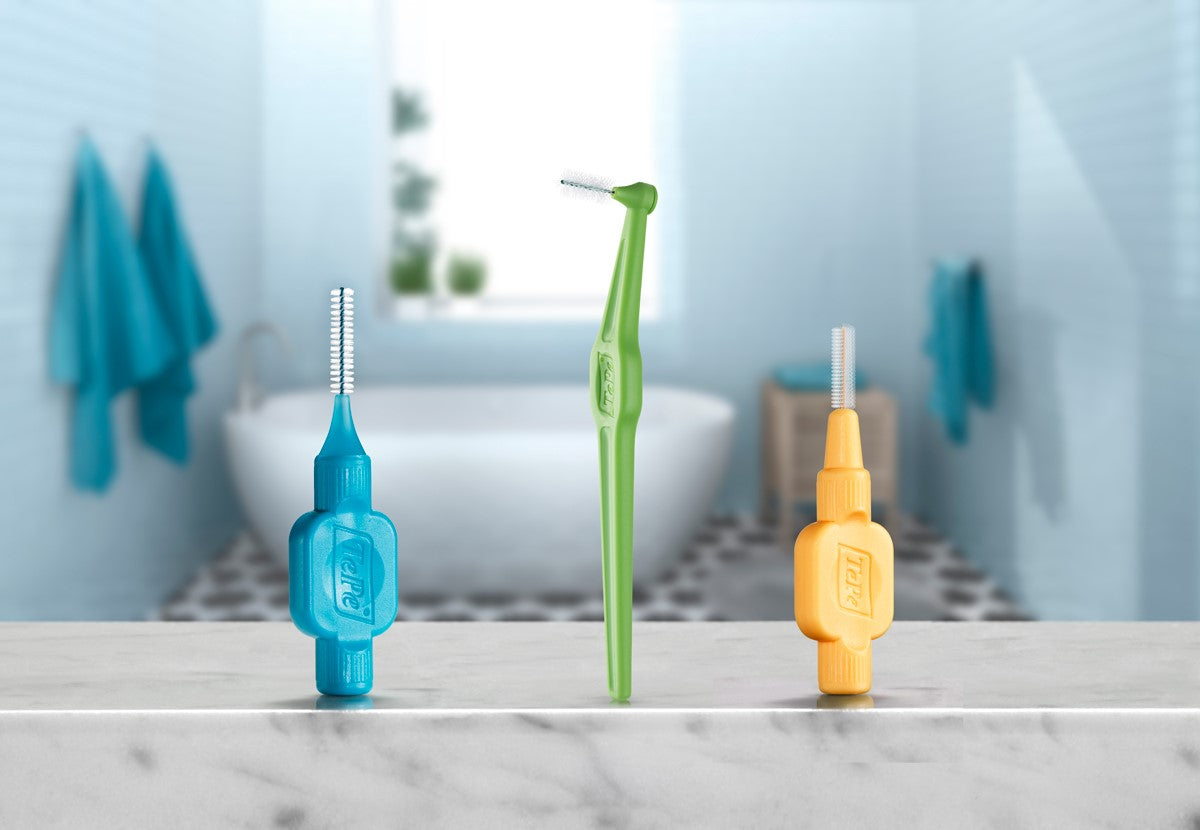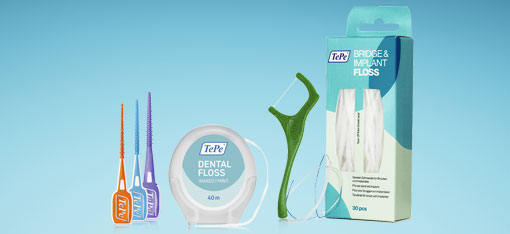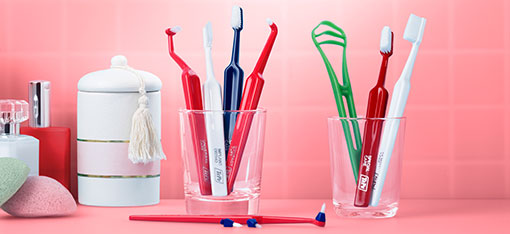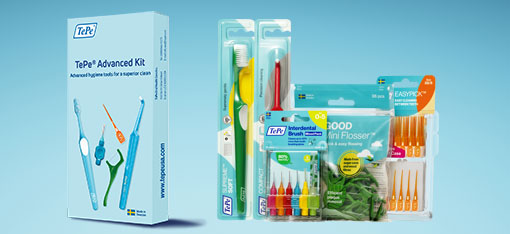Guide to Preventing Gum Disease and Cavities
Healthy teeth throughout life also affects your overall health! Research supports a connection between oral and general health, so it is important to keep your mouth healthy. Your smile not only brings you confidence, but your teeth allow you to chew and speak properly. It is important to have proper oral care and visit your dental professional to prevent gum disease and cavities.
What is gum disease?
Have you ever noticed bleeding when brushing or cleaning between your teeth? Swollen and bleeding gums are early signs that your gums are inflamed and there is an infection.
A healthy mouth has gums that are light pink in color and fit firmly around each tooth. There is no bleeding when you brush or clean between your teeth.
Gingivitis is inflammation of the gums. Inflamed gums (gingivitis) are often red, swollen, bleed, and are tender. If left untreated, gingivitis may progress. Periodontitis occurs when there is loss of bone that supports the teeth. This will put you at a greater risk for tooth loss.

What is the cause, symptoms, and risk factors of gum disease? The disease starts with a sticky film called dental plaque that forms on your teeth, especially along the gumline and between the teeth. When plaque accumulates in these areas it causes gum inflammation leading to gum disease.
Common symptoms
- Bleeding gums
- Swollen gums
- Tender gums
- Bad breath
- Redness
Common risk factors
- Poor oral hygiene
- Genetics
- Smoking
- Misaligned or crowded teeth
- Difficult areas to clean in the mouth. For example, bridges, orthodontic braces, or implants.
- Stress
- Fluctuating hormones
- Medications causing gum growth or dry mouth
- Poor nutrition
What is a Cavity?
Cavities are a leading chronic condition affecting children in the United States (CDC, 2021) and common among adults as well. Cavities form when the bacteria in the mouth eat the available sugars and produce acid, which breaks down the outer layer, the enamel, of the tooth.
Cavities often develop between the teeth and in the presence of deep grooves. A cavity will start in the outer layer of the tooth, known as enamel, then progress to the dentin, and finally it will reach the pulp of the tooth where the nerve and blood supply are located.

What are some common causes of cavities?
- Cavities often form where it is difficult to clean properly, for example, between teeth or around a prosthesis.
- Frequent snacking or continual consumption of sugar increases the risk for developing a cavity. Limiting the number of times your teeth are exposed to sugar throughout the day, for instance only mealtime, allows your mouth the time it needs to return to a healthy state. Continually snacking on sugary treats throughout the day allows the bacteria in your mouth a frequent food source, and acid is repeatedly produced causing the enamel to break down to form a cavity.
Preventing Gum Disease and Cavities
With proper oral care and by being aware of risk factors and symptoms, you can decrease your chances of developing gum disease and cavities. Proper nutrition is also important. Be gentle but thorough with your cleaning routine, brushing twice a day and cleaning between your teeth daily. You may need to incorporate additional tool(s) to effectively clean hard-to-reach areas.
A New Year Brings New Goals
With 2022 starting, many have a sense of renewal in life. Perhaps you are thinking about ways you can improve your self-care. Maybe you want to start taking walks or start a new hobby. Have you considered making goals related to a healthy smile?
Here are some tips on making oral health goals for 2022.
- Reflect on your current routine. What does your current routine look like? What oral hygiene tools are working well for you? What areas of your mouth are difficult to clean? How long do you brush your teeth for?
- Explore different oral hygiene tools available. Perhaps flossing is too difficult for you to accomplish, so have you considered TePe Interdental Brushes or TePe EasyPick? Know your mouth. For example, if you are missing teeth or have a prosthesis, like a bridge or implant, there are specialty brushes that can increase access for removing plaque effectively.
- List things that you could do differently. Every mouth is different, and your home care regimen should be unique to you. Determine what oral hygiene tools will work well for you.
- Start one day at a time. Set timers or reminders on your phone. It takes time to develop habits.
Prevention with TePe Oral Hygiene Tools
Your oral health is essential for your overall health, so starting new habits to ensure a healthy smile is admirable. TePe believes our products can help you achieve your oral health goals for 2022!
- Cleaning Between Teeth: Even effective brushing only removes about 60% of the plaque in your mouth, the reset is found BETWEEN your teeth. Your toothbrush only cleans 3 of the 5 surfaces of your teeth, leaving the 2 surfaces between the teeth ignored. Explore TePe’s options for cleaning between your teeth.

- TePe Toothbrushes: Every toothbrush has been designed in collaboration with dental experts to deliver the highest quality and most effective toothbrushes for both adults and children.

- TePe Specialty Brushes: No matter what your needs are, TePe has a brush specifically designed to make cleaning easier.












Leave a comment